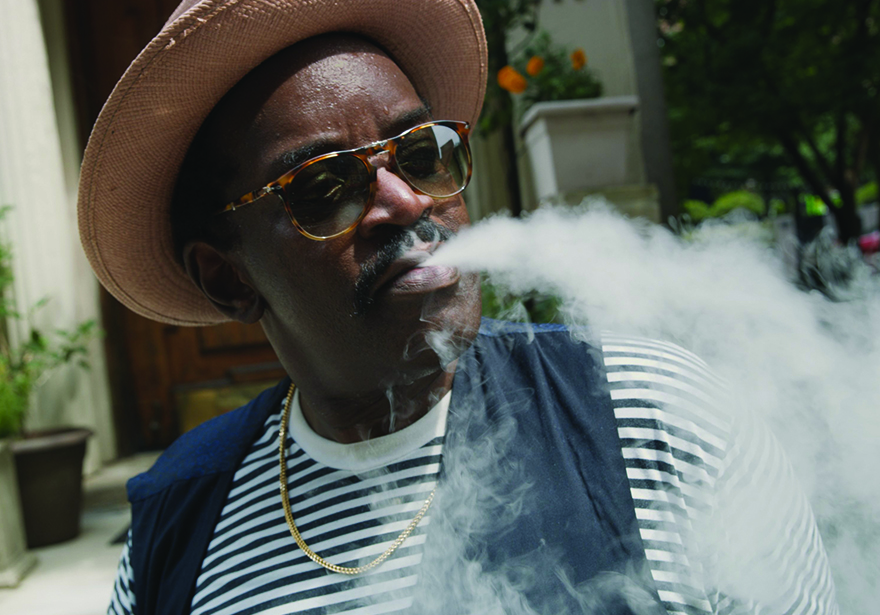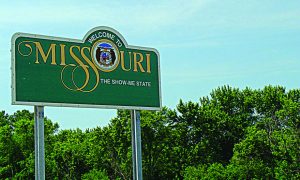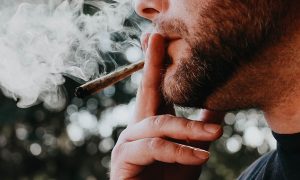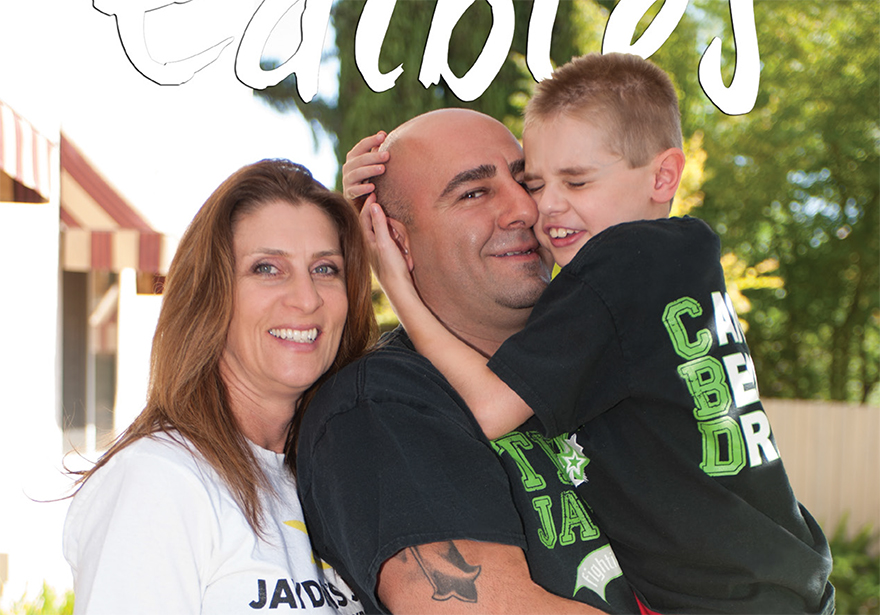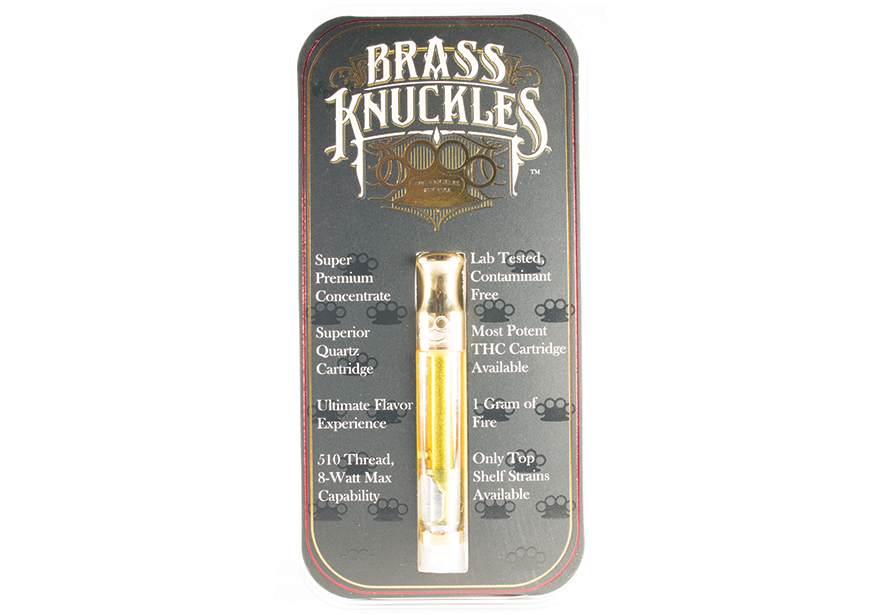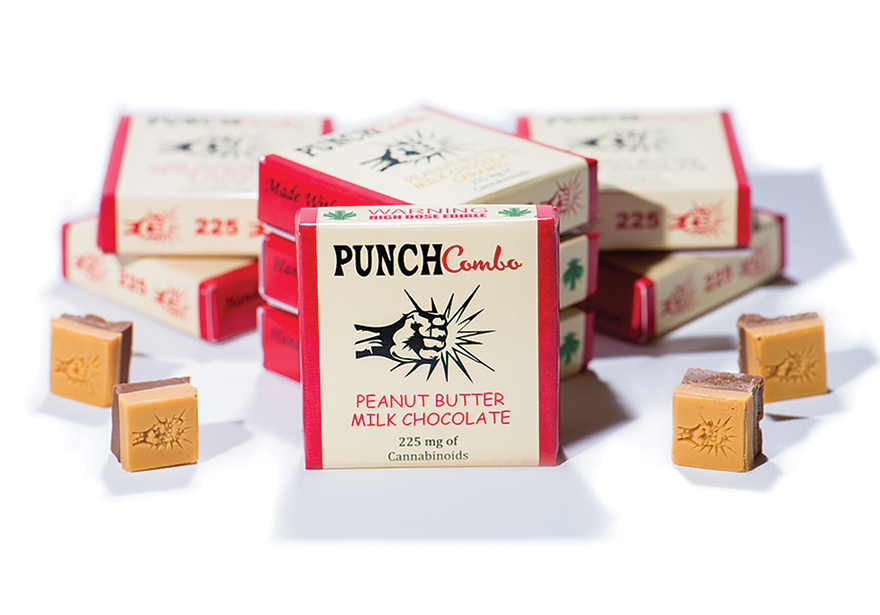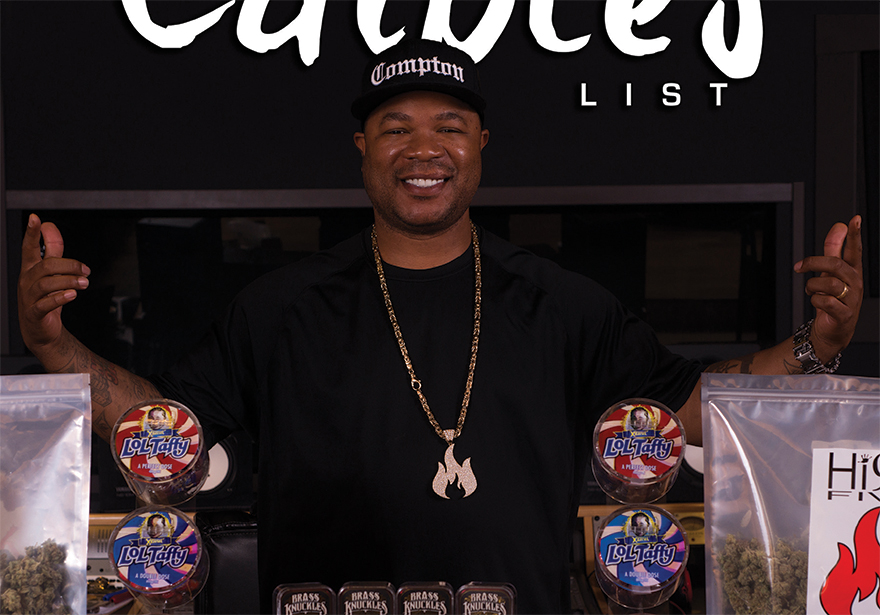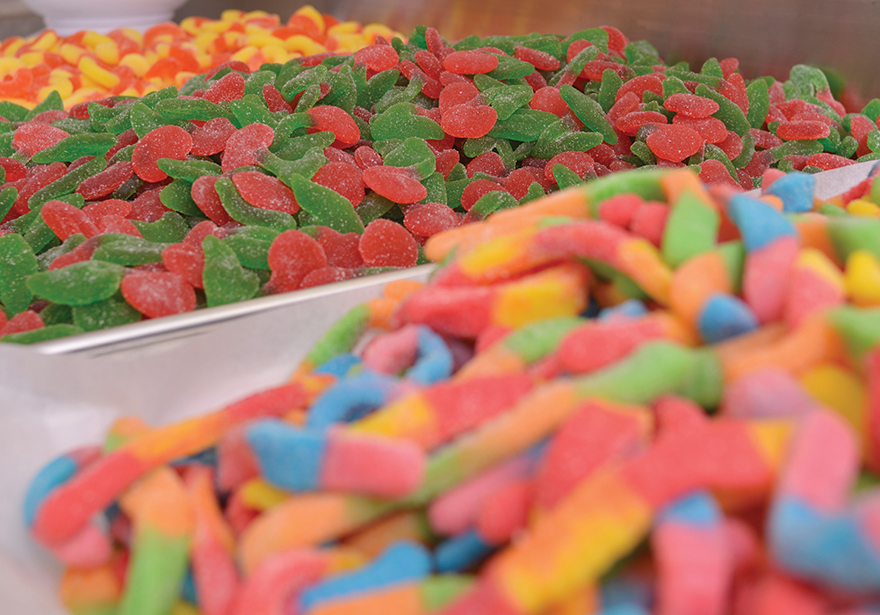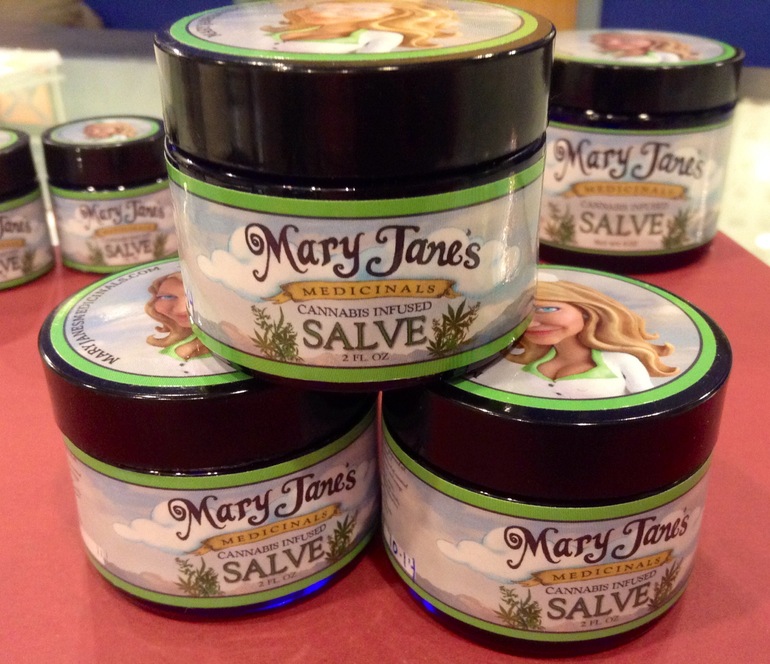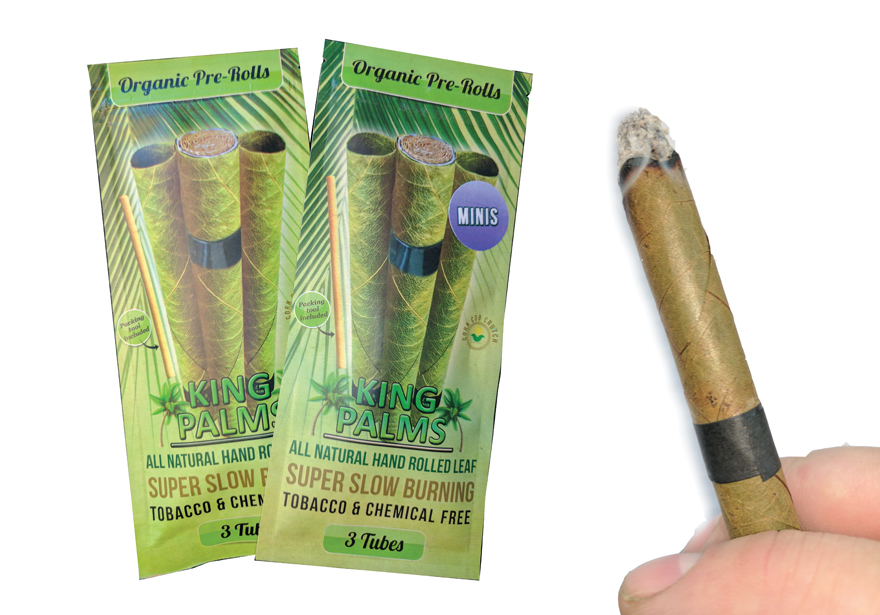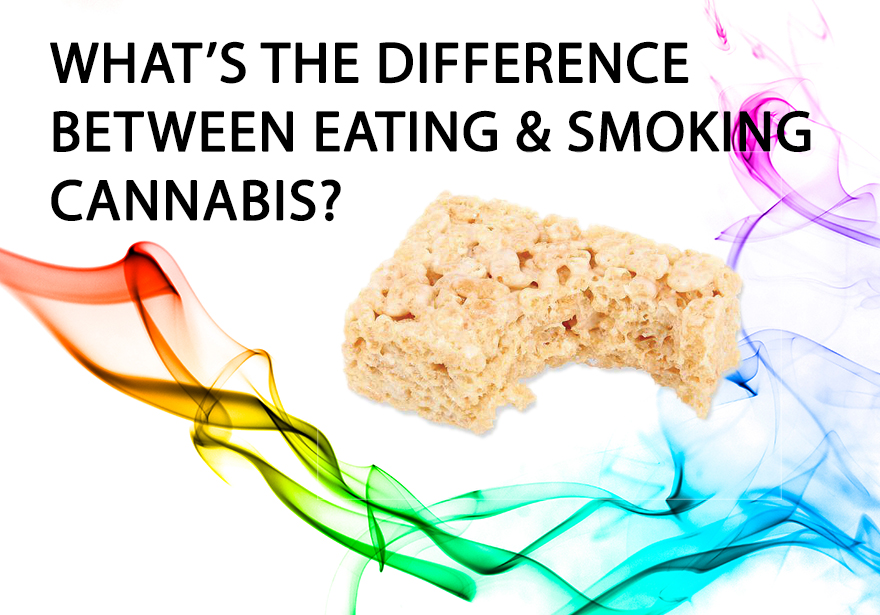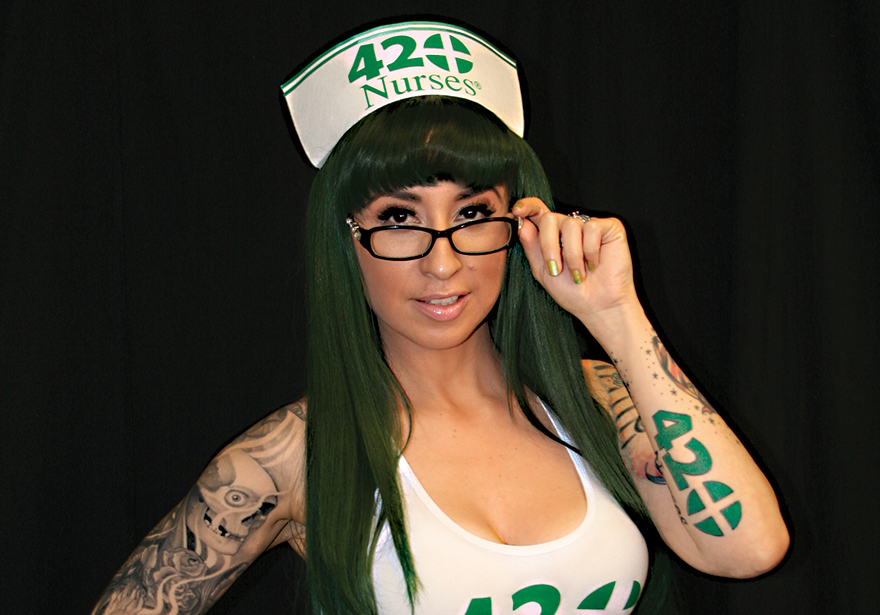“Oh have you ever met that funny reefer man… If he said he swam to China, and he sell you South Carolina then you know your talkin’ to that reefer man.” – Cab Calloway, 1932.
Fab 5 Freddy was the 1st rapper I remember ever having an awareness of. When the video for Blondie’s song “Rapture” first aired on MTV in 1981, I was six years old. The only album I owned at the time was the soundtrack for The Muppet Movie and my interest in music was fairly limited. I liked the Steve Miller Band song, “The Joker” because I thought it was about the Batman villain and I liked the idea of whatever a Space Cowboy was. Later in life I’d become a serious “Midnight Toker” myself. Rapture really caught my interest and sparked my imagination, especially when I heard the part about “The man from Mars… And out comes a man from Mars, And you try to run but he’s got a gun, And he shoots you dead and he eats your head”. Deborah Harry was talking instead of singing (rapping) and mentioning my interests, like Martians. And who was Fab 5 Freddy? He had such a cool name and when she said, “Fab Five Freddy told me everybody’s fly”, I was intrigued. What did it mean to be fly? Whatever it meant, I hoped that I could be fly too. Seven years later in 1988, Fab 5 Freddy was back on television hosting “Yo MTV Raps”. I coincidentally tried cannabis for the 1st time that year and never really looked back.
Now Freddy is back and this time around he’s directing and narrating Netflix’s newest cannabis documentary, “Grass is Greener”, which hit the streaming service this year on April 20th. Maybe you’re like me, and have noticed that some of the cannabis films being made seem out of touch, out of date, or both. Sometimes laws change while footage is still being shot or edited and it can be difficult for filmmakers to keep up with the inconsistent nature of legalization policy. “Grass is Greener” benefits a lot from narrowing the focus and grounding the film’s theme in the history of the relationship between cannabis and African American music and culture, and how US drug laws have unfairly targeted black and brown people as a result. What started with jazz music in Harlem and New Orleans continues today with Hip Hop and Reggae. Grass is Greener uses archived footage of vintage jazz recordings by Cab Calloway, Dizzy Gillespie and Louis Armstrong among others and the songs are amazing. Despite what you may or may not already know about Harry J. Anslinger and his racist policies, this film shines a light on his legacy with a fresh perspective that makes the last 90 years of cannabis law seem more absurd than ever. The fun, camp appeal of anti-cannabis propaganda produced in the 1930s seems much more sinister when seen through this lens, and the actual cannabis inspired art and music of the time seems like a valuable treasure finally being rediscovered by modern audiences.
I was skeptical of “Grass is Greener” when it was first suggested in my feed by whatever artificial intelligence is running the Netflix algorithm. Sometimes it’s hard to enjoy entertainment when it’s about what you do and inside knowledge of the industry can make the willing suspension of disbelief difficult. This was different. Not only was it genuinely enjoyable but it was actually educational too and I learned a lot. Hearing the old recordings and stories about the era of jazz and how it influenced the beat generation, the hippies, reggae and every other cannabis scented counter culture movement since was inspirational. Interviews include some you’ll know like B-Real and Snoop Dogg, and others you’ll probably meet for the first time. I’m happy to recommend “Grass is Greener” for all lovers of music and cannabis who happen to have Netflix.
In 1991 I actually had the good fortune of seeing Blondie perform “Rapture” live in Tulsa at a concert with The Ramones, 10 years after the video originally came out. Fab 5 Freddy was there in spirit and we were all smoking weed, singing along and grateful for the fact that we finally felt fly.
Now watch this movie and learn some history.
Patrick Ian Moore

